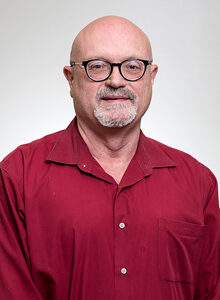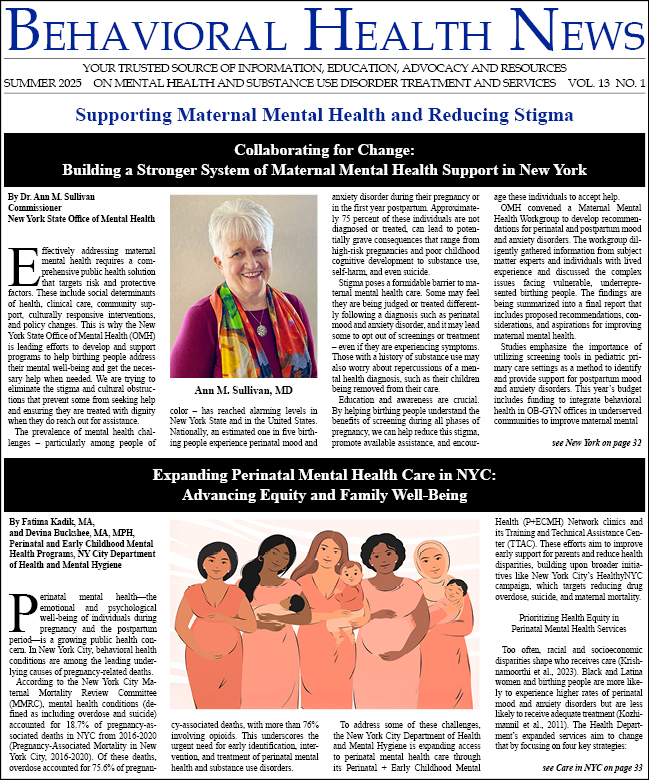When I went to treatment 15 years ago, I was convinced that addiction wasn’t a disease. And that, if it were a disease, it was self-inflicted. Many of the patients I care for today often have the same feelings, blaming themselves and living with shame despite the knowledge we have today. If more people truly understood it was a brain disease and not a moral failure, I believe we could end the stigma and save more lives.

Words Matter
When we talk about whether addiction is a moral failure or a brain disease, the label matters—a lot.
The American Society of Addiction Medicine defines addiction as “a treatable, chronic medical disease involving complex interactions among brain circuits, genetics, the environment, and an individual’s life experiences.”
This definition signals an acknowledgment among the broader medical community that addiction is indeed a diagnosable mental health disorder and not a moral failure.
But this is an exceedingly difficult concept to grasp if you have not experienced addiction firsthand—or if you have watched addiction take hold of someone you love.
Why Can’t They Just Stop?
Addiction is characterized by compulsive, uncontrollable substance seeking and use despite the negative consequences. This is the result of fundamental changes to a person’s brain structure and function that occur with repeated drug or alcohol use.
In 2016, Dr. Nora D. Volkow, a renowned addiction expert and director of the National Institute on Drug Abuse (NIDA), published a landmark article about the neuroscience of addiction. Its findings really started to shift the conversation about the brain’s involvement in this disease.
Since then, we have learned through multiple research studies that the brains of people with addiction are different from those without it. Functional MRI scans of addicted brains show a big dysregulation in the dopamine reward system and decreased oxygenated hemoglobin in the prefrontal cortex.
In other words, the portion of our brain that steers our impulse control and decision-making is operating suboptimally, making it increasingly difficult to “just say no.”
Why Do Some People Get Addicted, While Others Don’t?
As doctors, we can predict with near-perfect certainty who will and won’t develop an SUD by looking at 5 primary risk factors:
- Family history/genetics
- Adverse childhood experiences
- Dual diagnosis (i.e., co-occurring mental health conditions like anxiety, depression, bipolar disorder, or PTSD)
- High tolerance
- Ease of access
Of these, the powerful one that we have no control over at all is our genetics. Research suggests that someone with a first- (parent, sibling) or second-degree (grandparent, half-sibling, aunt) relative with alcohol use disorder (AUD) has a 50% chance of developing an AUD themselves.
The family connection is so strong that we even see this pattern in people who have been adopted. Various studies in Scandinavia have found a high incidence of AUD in adopted children of biological parents with AUD, even if the child never saw alcohol in their adoptive home. Once alcohol was introduced in their lives, genetics took over.
Genetics and the other predictors of SUD mentioned above are so consistent that I can’t even remember a recent patient who didn’t have all the risk factors.
And yet, despite everything we know about addiction now, stigma and shame persist. It’s like 500 years ago when people believed the world was flat. It took a long time for them to believe anything else.
It goes back to the brain and that prefrontal cortex—the poorly functioning decision-maker. That’s the source of these hallmark symptoms that the public sees: people breaking the law, destroying relationships, and damaging their health. These symptoms look like choices and thus make the disease appear to be a failure of character.
While it might be a “choice” to pick up that very first drink or drug, the ability to choose begins to decline significantly over time. According to NIDA, “the effects of prolonged exposure on brain functioning compromise that ability to choose, and seeking and consuming the drug become compulsive, often eluding a person’s self-control or willpower.”
Even those in the medical field struggle to fully understand this. I still talk to some gastroenterologists and ask them what they tell their cirrhosis patients. “We tell them to quit drinking,” they’ll say.
But that’s not going to solve it. Addiction is a “medical disease” that requires specific treatment with thoughtful, evidence-based interventions the way any other chronic, life-threatening condition.
A Medical Emergency
When family members ask me how they can support their addicted loved ones, I say that they should give them exactly the same support they would give if the person had heart disease, cancer, diabetes, hypertension, or any other medical emergency. Because that’s exactly what it is.
Consider someone who has heart disease. You see them walk up the stairs, get a little sweaty, put their hand over their chest, and say, “I’m short of breath.” You’re not going to say, “Just get over it.” You’re going to push them to get treatment because heart disease is deadly—and so is SUD.
But here’s the good news: SUD can be treated, and the brain can heal over time.
By practicing healthy life and coping skills, the patient’s oxygenated hemoglobin continues to rise. After two years, it’s almost fully repaired. Then, a person’s impulse to drink or not and their sense of right and wrong become clearer. Their decision-making process becomes more optimal—just as we would expect it. Why? Because addiction is a brain disease. The label matters.
As physicians, we need to do more to ensure we use the proper criteria to diagnose SUD and get people the help they need and deserve.
For the rest of us, we need to do more to watch the words we use when we talk about SUD so the 48.5 million Americans who suffer from this disease can find the courage to begin to heal.
Dr. Charles Smith is the author of “Understanding Addiction: Know Science, No Stigma” and an addictionologist at Recovery First, an American Addiction Centers facility in Hollywood, Florida.






